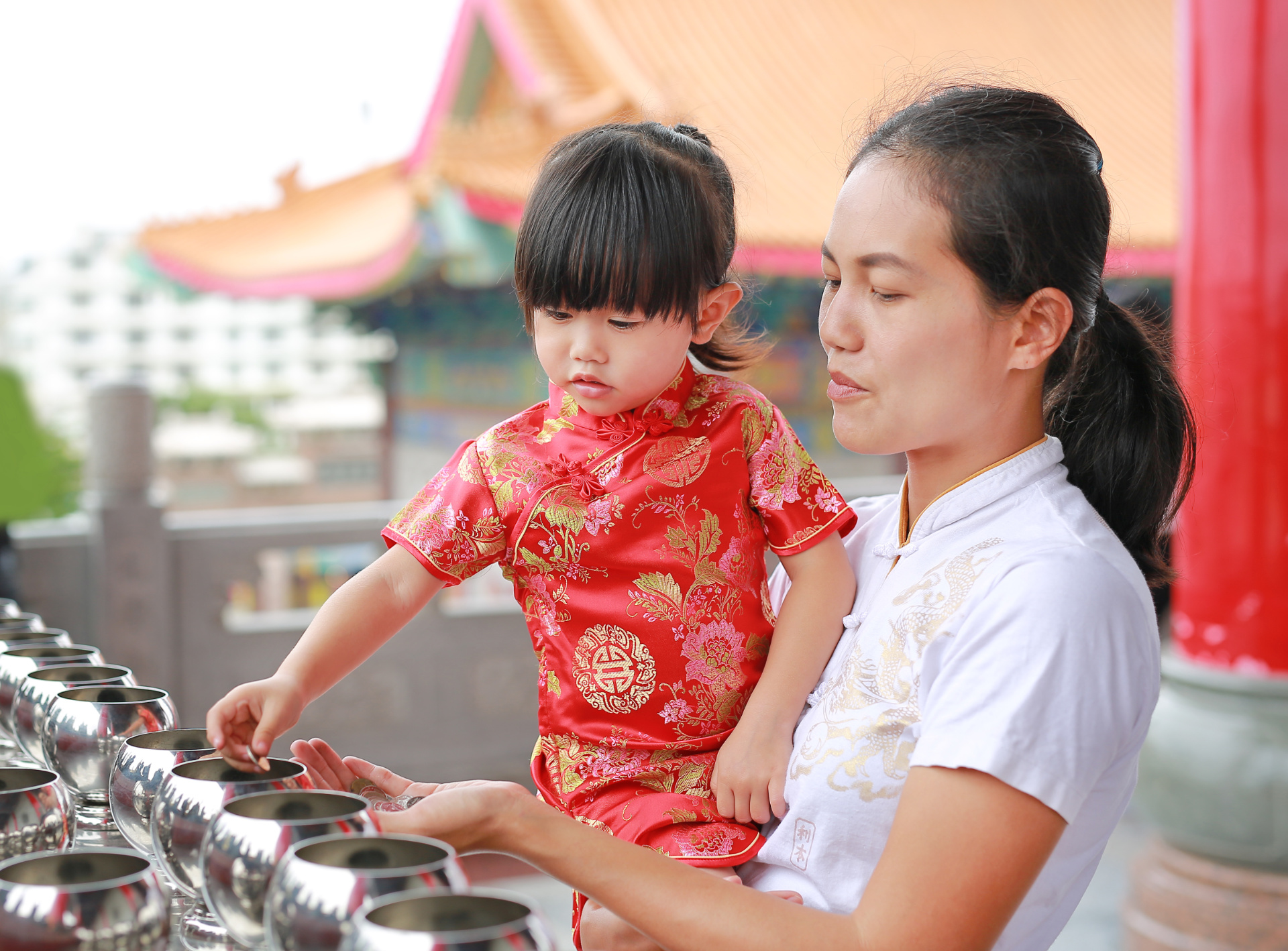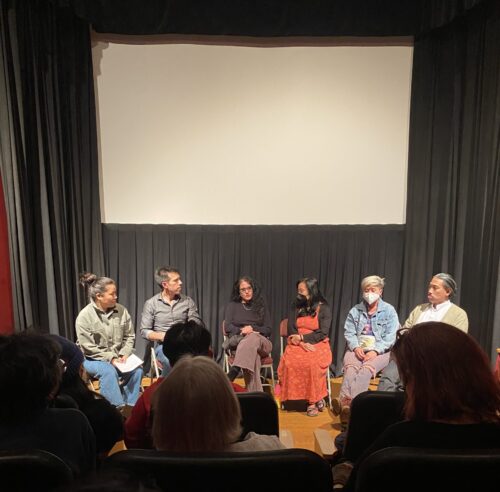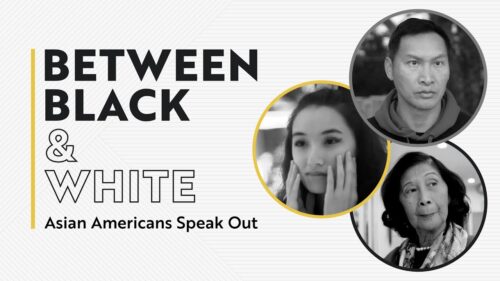Chinese American philanthropy on the rise
As wealth increases, more members of the Chinese American community are willing to give openly and raise their charitable profile, leading the way for increased visibility, contributions to larger society, and the accumulation of political voice and power.

Partly in an attempt to abate pervasive anti-Asian discrimination in the late 1800s, some of the earliest forms of organized charitable work among Chinese Americans were done through benevolent associations. These family clans were formed to protect and provide mutual financial and social support to new Chinese immigrants to the United States. They also facilitated remittances back to China, which created ties that bound Chinese Americans to their homelands.
Today, Chinese Americans make up approximately 1% of the U.S. population, but Chinese American-owned businesses support more than a million jobs and generate nearly $240 billion in revenue. As Chinese Americans have played a vital role in growing the U.S. economy, so too has their philanthropic giving.
A recent report from the Global Chinese Philanthropy Institute finds that gifts of at least $1 million from Chinese Americans increased nearly fivefold between 2008 and 2014, to $492 million. The number of Chinese American foundations has seen a similar uptic, rising over 400% to nearly 1,300 in 2014. Consistent with giving trends from philanthropists in both China and the U.S., the majority of gifts were made in support of higher education (66%), followed by international affairs/development (15%), health (9%), and the environment (5%). In a study by the Northern California Grantmakers on Chinese American Philanthropy in the Bay Area, respondents also cited cultural access and civic engagement, workforce and leadership development, and Asian American services as priority causes for giving.
The desire to support the Chinese American community embodied by those first immigrants to the U.S. is reflected in today’s philanthropists too. Much of this desire is directed from the first generation of immigrants who have become successful in their professions and are giving back to the community to affect the life course and health of future generations. Asian American causes continue to resonate with donors regardless of how long their families have been in the U.S. Many cited Chinese cultural values as the reason why giving that supports one’s family and community is much more common than public donations.
While this tradition makes it difficult to accurately characterize the community’s philanthropic engagement, there are positive trends too. As wealth increases, more members of the Chinese American community are willing to give openly and raise their charitable profile, leading the way for increased visibility, contributions to larger society, and the accumulation of political voice and power.
There is also the opportunity for Chinese American philanthropists to serve as bridge builders. Efforts to promote greater bilateral collaboration between the U.S. and China can build on alignment of philanthropic interests. Philanthropists on both sides of the Pacific are beginning to seek ways to connect and share lessons through exchanges and regional area networks such as the Committee of 100, Center for Asian Philanthropy and Society, and the Next-Gen Leaders Circle.
“Looking at both countries’ philanthropic deeds could help find common ground,” said Marilyn Long, co-founder of the Long Family Foundation. “This could open the door for universities, nonprofits and the second generation. Common issues such as health, science and education, we can tackle those issues better together if we know each other’s motivation.”
*
Want to learn more? The Serica Initiative’s China Philanthropy & Nonprofit Newsletter is a monthly deep-dive into the trends, major players, and regulatory environment for philanthropic and nonprofit activity between the U.S. and China. Subscribe to the newsletter here.






